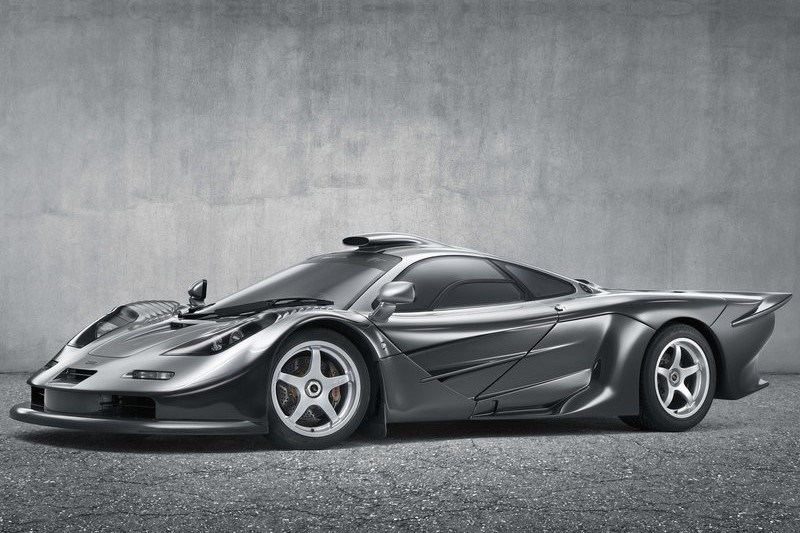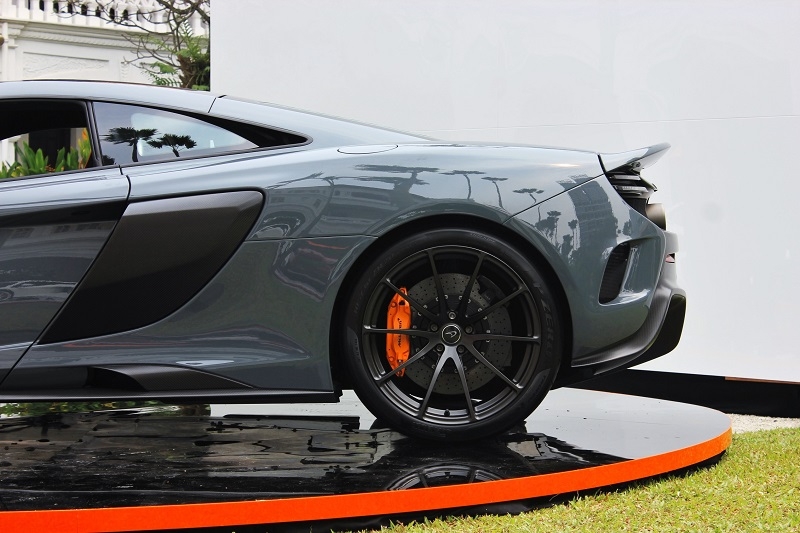The crowning glory of McLaren's Super Series range, the 675LT, makes its local debut during the Singapore Grand Prix weekend
Although McLaren has been making some incredible supercars for over four years now, it is its original work, the Gordon Murray-designed McLaren F1, which is still most fondly remembered today. Originally planned only for the road, once converted for race use the the F1 enjoyed tremendous success on the tracks, winning the 24H of Le Mans race outright in its debut outing in 1995.

In 1997, with rivals developing new, purpose-built machinery, McLaren rolled out the ultimate evolution of the F1, the GTR "Long Tail", which featured lengthened nose and tail sections that dramatically increased downforce, allowing it to fend off rivals and take a class win (2nd place overall) in the 1997 24H of Le Mans. It is this legendary car for which the new 675LT is named after.

Sadly, unlike the original, the 675LT's modifications are far less extreme. Although many body parts have been changed from the 650S — including an 80% larger front splitter and unique panels from the B-pillar backwards — the only thing long about the 675LT's tail is the new, 50%-larger-than-before airbrake.

Still, at least the changes are enough to easily distinguish it from the 650S, and they're all functional: the new front splitter, rear deck, rear bumper, fenders and diffuser all work together to produce 40% more downforce and improved cooling for the engine.

Apart from enhancing the aerodynamics, the other big change to the 675LT has been the reduction of weight. Many of the aluminium body panels have been replaced with carbonfibre ones, the electric seats have been ditched in favour of carbonfibre buckets from the P1, the interior is Alcantara-lined instead of leather; even the glass has been made thinner all around. All this adds up to a 100kg weight saving over the 650S.

Changes have been made elsewhere too in order to make the 675LT the most focused model in the McLaren Super Series. The suspension is now stiffer, using some components derived from the P1; the 10-spoke Ultra Lightweight wheels each are the lightest design ever offered by the company; front and rear axle tracks have been widened by 20mm, the ride height lowered the same amount, and the ProActive Chassis Control has been recalibrated.

Similarly, the revisions to the engine have been towards making it more responsive rather than massively more powerful. As such, peak power and torque of the 3.8-litre V8 have only been bumped up slightly, to 666bhp (675PS) and 700Nm. However, thanks to lighter conrods and camshafts, revised turbochargers, an electronic wastegate and bespoke titanium exhaust system, throttle response has been made more immediate, all contributing to a more engaging driving experience.

Production of the 675LT is limited to just 500 units globally, and all of them have already found buyers. Happily, five of them are destined for Singapore, at a price in excess of S$1.5 million.








